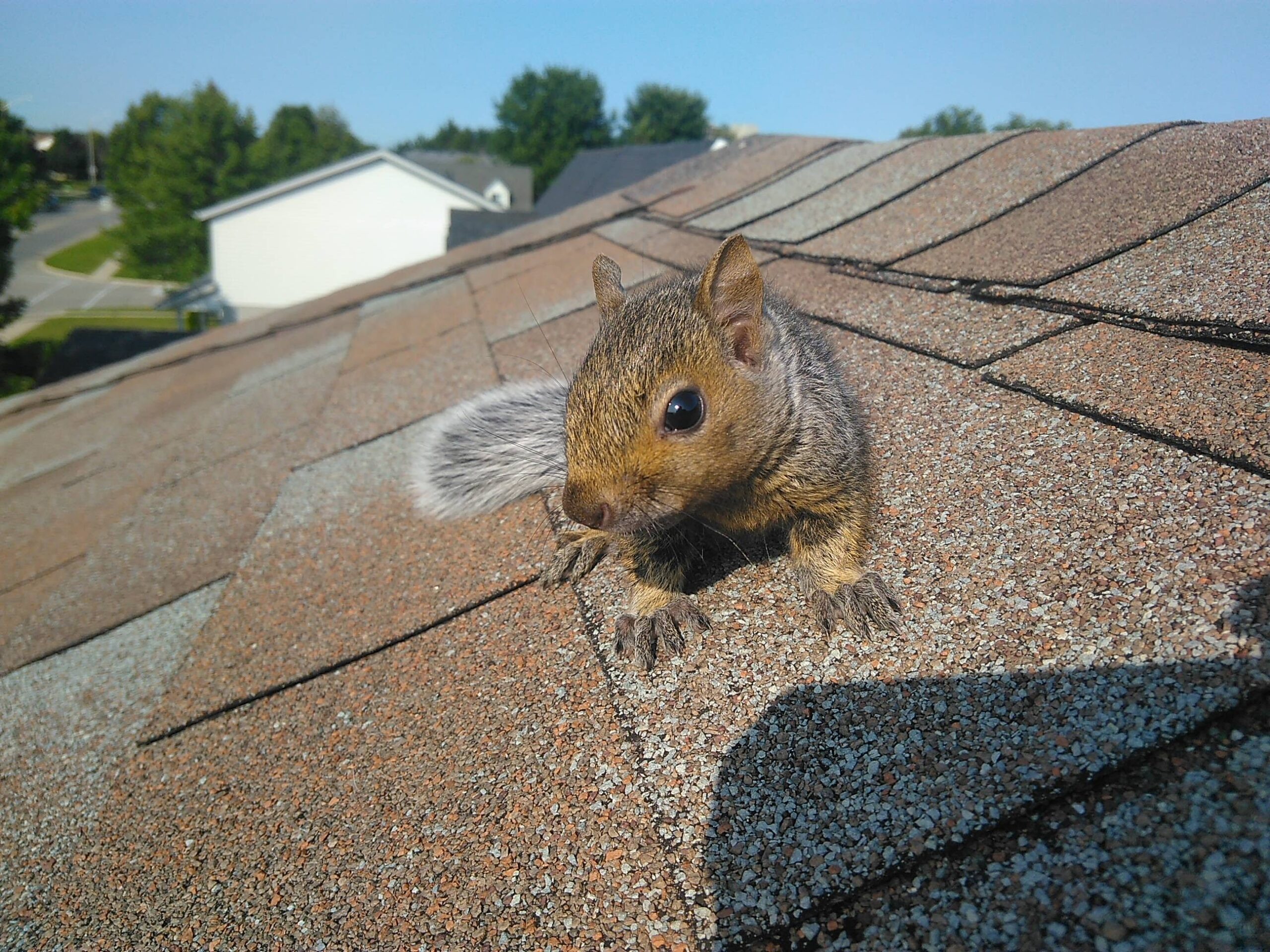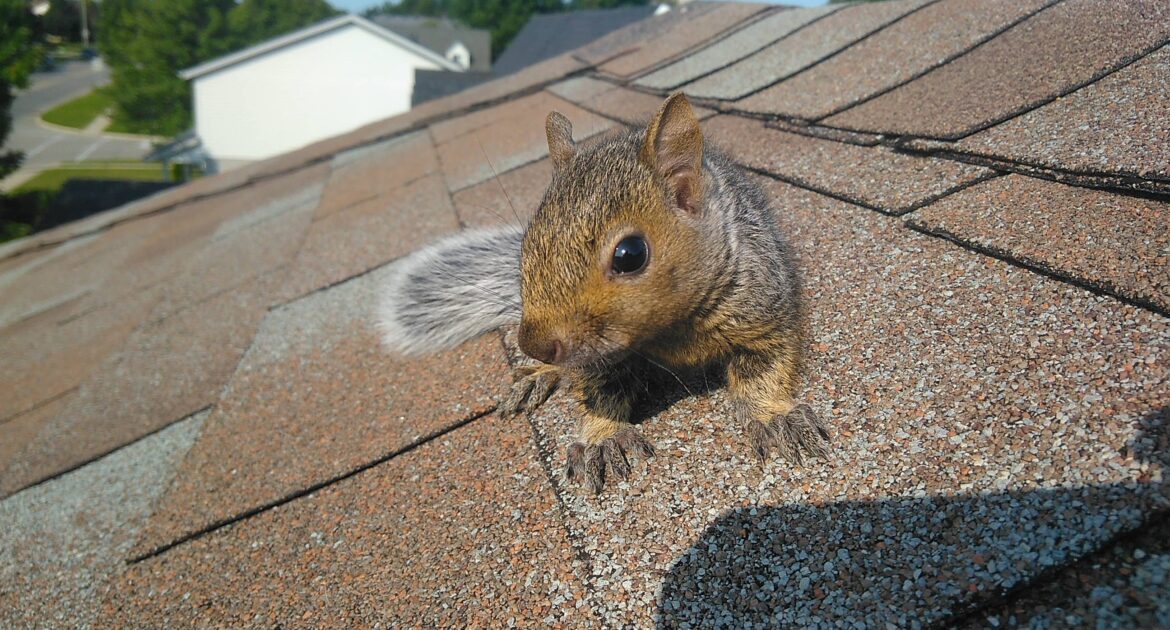Bats, raccoons, squirrels, and several other critters call Niagara home. Most of the time, people and wildlife live side-by-side without many problems. Occasionally, especially during the colder seasons, wildlife seeks warmer nesting sites, resulting in home intrusions and property damage. If you find evidence of wildlife in your house, call wildlife control in Niagara.
The most common infestation occurs in the attic and moves through the house from there. Wild animals do not make suitable houseguests. They chew through siding, pull apart insulation, and defecate everywhere.
Professional removal and attic restoration are your only solutions when wildlife enters and nests in your home. Sometimes, you can avoid the cost of wildlife control by using wildlife prevention methods.
3 Tips for Keeping Animals Out of Your Attic
You can keep wildlife out of your home and attic; it is not impossible. The key to eliminating access is to focus on vulnerabilities or weak points around your house. Potential wildlife entry points are not always easy to spot, so many people ask Skedaddle for help.
Skedaddle Humane Wildlife Control, with its team of experts and years of experience, can help homeowners seal their properties against the threat of wildlife intrusions. Still, homeowners must do their part by keeping up with home and property maintenance, focusing on three crucial areas.
1. Cleaning the Roof
A clean roof is a sound roof. You don’t want to allow branches, leaves, and yard muck to pile on the shingles or roof surface. Debris piles, especially when gathered over months, hold moisture and can produce rot and mould. Mould is a separate issue, but rot weakens the structure of the roof, making it easier for determined critters to penetrate the surface.
Routine cleaning can reduce the risk of roof damage, ensuring the surface remains sturdy, and a sound barrier against gnawing teeth and prying claws. Also, frequent cleanings lead to frequent inspections, allowing homeowners to notice potential problem areas before they become actual issues.
Skedaddle Humane Wildlife Control can help homeowners. Sometimes, the assessment of an experienced eye is best for looking over a roof.
2. Sealing Entry Points
Many people assume that wildlife entry points are large and noticeable, an incorrect assumption. Many animals can fit through openings only a fraction of their size. For example, a bat can fit through an opening of roughly 1 cm.
Potential entry points can be small cracks in the foundation, too large holes around cabling or plumbing, or cracked or worn weatherstripping or sealant around doors and windows. While homeowners can do a lot to eliminate openings or vulnerabilities, trained professionals can make quicker and more efficient use of their time and structural improvements.
Professionals in wildlife control spend every day seeking and removing animals from areas they don’t belong, including houses. They train their eyes to spot inconsistencies and openings around properties, locations that most homeowners walk past without a second glance. It is a trait built up over time and with experience.
3. Insulating
To prevent wildlife in attic removal, ensure the exterior of your home is sound. Also, do what you can to prevent excess heat loss, especially in attic spaces.
Insulation is the best solution to heat loss. By ensuring your attic has enough insulation, you can reduce the likelihood of wildlife finding the space a warm retreat from the cold winter air.
Trusted Wildlife Control in Niagara
Keeping wildlife out of your attic in Niagara can be achieved with the right knowledge and tools. It is important to remember that prevention is key. This means ensuring that your property is not inviting to wildlife, by storing food away and sealing any potential entry points.
In the event that wildlife has already invaded your attic, it is crucial to enlist the help of Skedaddle Humane Wildlife Control. Our experts have the expertise and equipment to safely and humanely remove the animals from your home.




